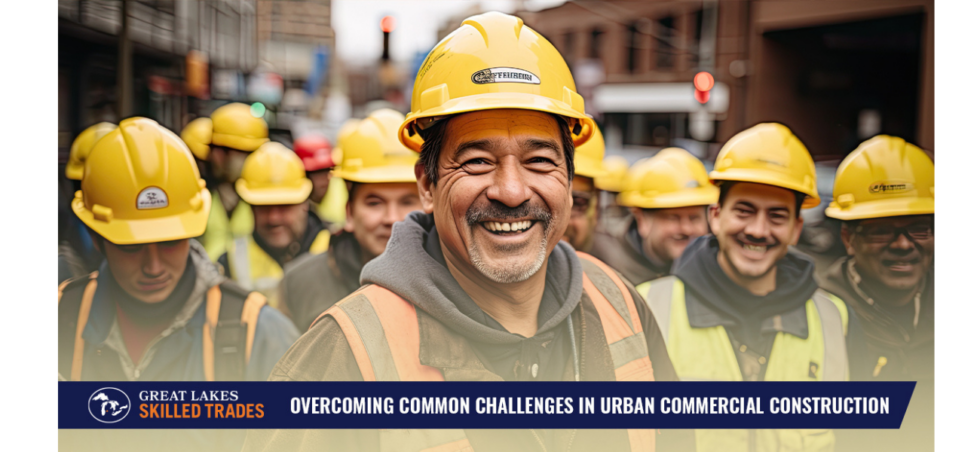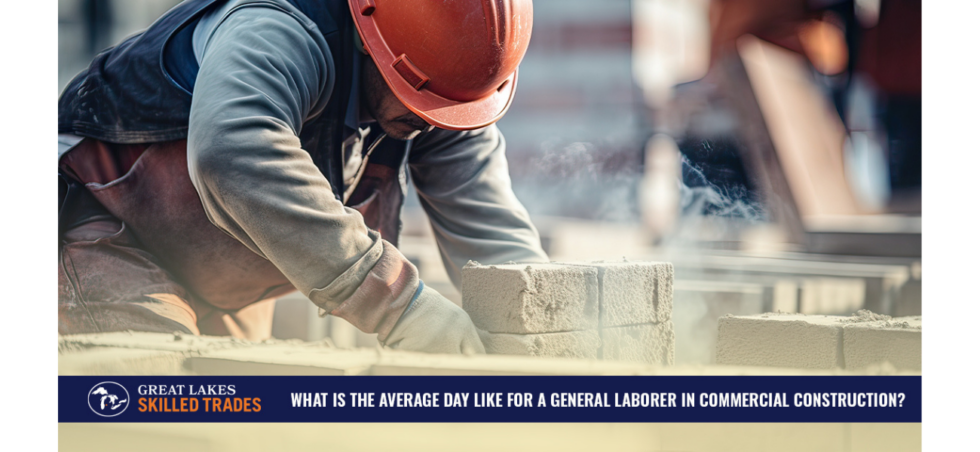5 mythThe skilled trades have an image problem. They’re seen as noisy, dirty and loud—not a valid career choice. A fallback position if you can’t get into college. Since the 70s, high school guidance counselors have tried to disabuse any student who expressed interest in being a carpenter or an electrician. Go to college, they’re told. That’s the ticket.
College is fine—but it’s not for everyone. A career in skilled trades can be a fantastic choice. In this post, we’ll look at five common myths about the skilled trades that may be keeping you from investigating a career in skilled trades. See if any of them resonate with you. Maybe you need to recalibrate the way you think about skilled trades. It could open up a world of opportunities for you.
Myth 1: The skilled trades don’t pay well.
“It’s absolutely not true that the trades don’t pay well,” says Becky Manson, journeyman electrician in Midland, Mich. She will be taking a vacation to a Jamaican resort with her spouse and kids in December “when it’s as cold as hell here.”
“You may not start out at what you think is very great pay. I started out at $10 an hour 11 years ago. You have to earn that $40 or $50 an hour. If you work hard and you’re willing to learn, you can get to that $40 or $50 an hour.”
Meanwhile, consider this: The average trade school education costs just $33,000 compared to $127,000 to earn a degree from a four-year college. So no student debt! That means you get to keep everything you earn.
In 10 years, Becky would like to be a general foreman. She’s the onsite foreman now. “I still put my tools on,” she said. She likes the idea of “running the show” from “behind the scenes,” scheduling progress meeting, working on RFIs, etc.
Myth 2: The skilled trades are only for men.
It’s true that most skilled tradespeople are men. But it doesn’t have to be that way. There’s no reason women can’t make up least a half of skilled trades jobs—or more! There is nothing about the skilled trades that makes them a male job.
Sexist attitudes that kept women away from construction are gradually fading away. The number of women working in the trades is expected to double over the next 10 years.
“Women bring a lot to the table,” Becky said. “We may not be as physically strong as men, but we can still do the job and do it right. On top of that, we bring a different perspective—a different way of viewing things. That gives you better results.”
See: Women make awesome skilled tradespeople.
Myth 3: The skilled trades are not a fulfilling career
That’s what high school guidance counselors have been telling students since the 70s. However, ask any skilled tradesperson and he/she will tell you about the feeling of pride that swells in them when they drive by a structure that they helped create.
The truth is that skilled trades are essential for modern society. Without construction workers, there would be no infrastructure: roads, highways, and airports. When your air conditioning goes out in a summer swelter, the HAVC technician is suddenly the most important person in the world! And indoor plumbing, hot-and-cold running water? Not without plumbers!
The skilled trades are what make modern society possible. You could be a part of that with a career in the skilled trades!
Says Becky, “Being an electrician, you have to get power to a home or to a plant—you’re bringing the ‘life’ to that structure, running the wires through the holes in the studs.”
Every day’s a new challenge and a new accomplishment.
“For example, the other day, I was working with our apprentice on the fire booth at the chemical plant, showing him how to do stuff. We made the conduit system plumb and level, but all the offsets were mismatched with one another. The mechanical prints weren’t synced with our prints. So we took the time and had to backtrack. When we were done the project was able to move on—and I was able to pass along some important lessons to my apprentice, so it felt great!”
Myth 4: It’s difficult to find a skilled trades job
Some people assume that the skilled trades are only seasonal jobs or temporary. Yes, it’s true there are skilled trades jobs like this, but there are many projects that last years, and many contractors are hiring full-time skilled tradespeople.
There is a pronounced shortage of skilled tradespeople in America. Many contractors are having to delay projects because they can’t find the carpenters, electricians, masons, and plumbers to work for them. And it’s only going to get worse, as there is a large number of older skilled trades people getting ready to retire.
The truth is that if you want to get started in the skilled trades you can start today! A laborer gig is a great way to get a foot in the door. From there, you go through an apprenticeship and then you’re a journeyman. From there, you could become a master and earn all sorts of extra certifications. See: How a general labor job can get you into the construction industry.
“We went through a hiring frenzy recently,” Becky says. “Finding enough quality people was a real challenge.”
Myth 5: Skilled trades jobs aren’t intellectually stimulating
The myth is that skills-based jobs are all brawn and no brain. The cynic says, “How much brainpower does it take to swing a hammer?”—but the truth is that the skilled trades are all about problem-solving.
The skilled tradesperson will start off testing the standard issues and fixes, and if that doesn’t work he/she will use increasingly complex troubleshooting procedures to determine the root cause of a problem. Every day it’s some new hurdle! All of the trades require an understanding of many advanced mathematical and scientific concepts. You wouldn’t want a carpenter who failed geometry to build your family’s house. You wouldn’t want a plumber who doesn’t understand physics to fix your broken toilet.
The myth is that the skilled trades are for people who couldn’t “cut it” in college.
“We had an incident with some control wiring, where the prints that were sent to us—it just wouldn’t do what they were trying to do. I sat down my foremen and my apprentices and we had to think, ‘Okay, this is what they want to do with this piece of equipment. How do we make it work? And we did!”
Becky says she’s continually problem solving when she’s on the job. “There are many times when I get home and one of the kids will ask me a question and I’ll say, ‘My brain hurts. Can we talk about this later?’”
Wrapping up
So are you fully debunked? There is no limit to what a skilled tradesperson can accomplish. Great Lakes Skilled Trades offers plenty of job opportunities within the trades. We always have open positions. No experience? Start out as a temporary laborer and work your way up. Why not call us today?








